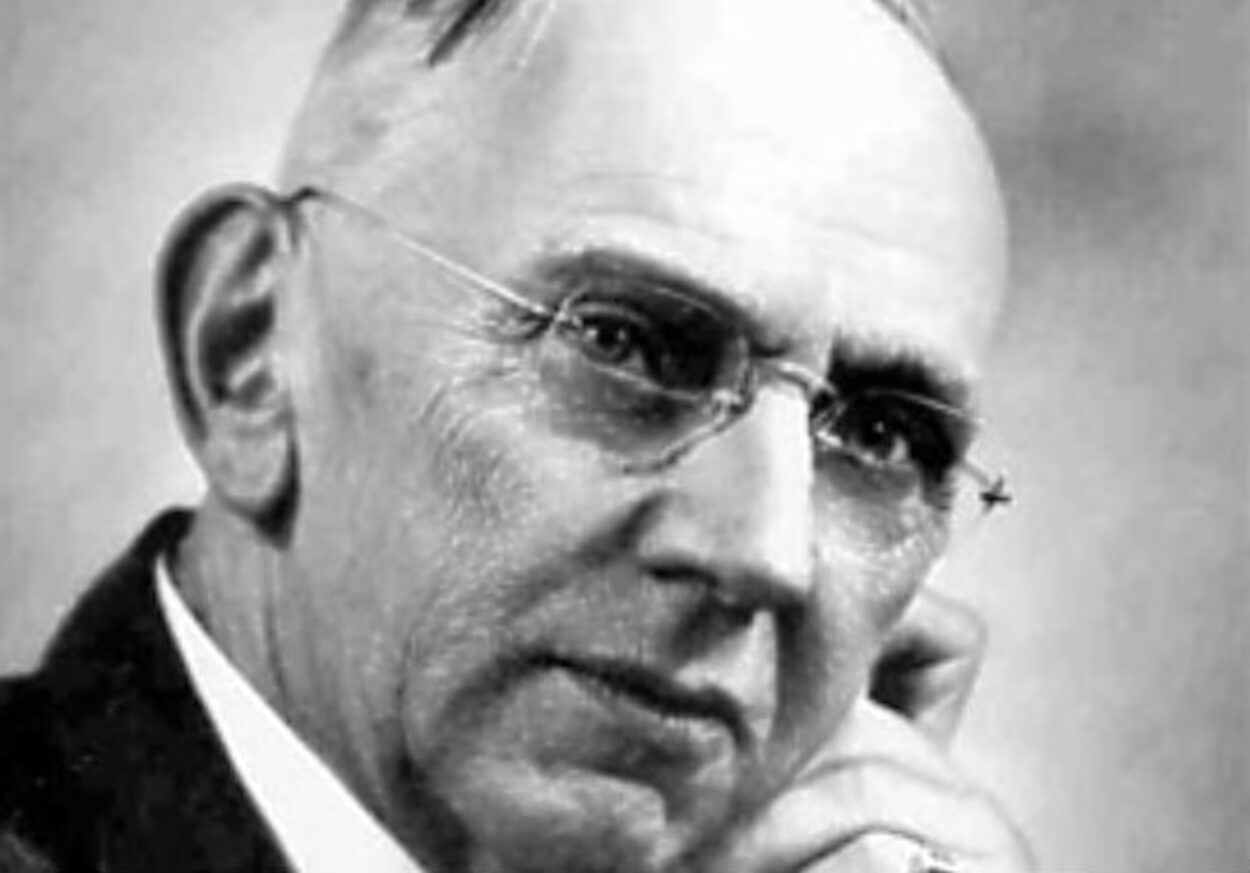When Paul Durbin was just 34 years old, he received a devastating diagnosis: multiple sclerosis, also known as MS. This autoimmune disease attacks the central nervous system, leading to muscle atrophy, loss of coordination, and even paralysis. For Paul, the symptoms began subtly — a weakening in his right leg and arm — but the implications were severe. With a wife and child to support, the future looked grim.
Exploring the journey of a soul in pain
Multiple sclerosis is an irreversible condition with no known cure. Medical science, despite its numerous advancements, still struggles to fully understand or halt the disease entirely. Paul came from modest means, but friends rallied around him. They helped connect him with Edgar Cayce, one of America’s most renowned psychic healers, famous for his unique method: past life therapy.
Cayce’s technique, referred to as “life readings,” involved delving into a person’s past incarnations to uncover the spiritual roots of current ailments. In Paul’s case, Cayce revealed that unresolved emotional turmoil from a previous life — specifically unchecked anger and resentment — was manifesting as physical suffering in his present one.

How past life therapy changed everything
Cayce’s message was clear: “He must cleanse his thoughts of hatred and fear. Every word, every emotion, leaves an imprint on the soul.” In Paul’s first session, Cayce explained that every soul is accountable for its intentions and actions, not just in this life, but across all lifetimes. However, Paul initially dismissed the advice. Consumed by self-pity and frustration, he lashed out at those around him, even those trying to help. He demanded a miracle and grew bitter when none came.
Despite this resistance, Paul experienced a brief improvement after his first reading. But the relief was temporary. As symptoms returned, so did his complaints. In his second session, Cayce didn’t hold back: “This is karmic debt. To heal the body, one must first transform the heart. Change your attitude toward others, your environment, and your purpose. Only then will physical treatments begin to take effect.”
Cayce questioned the motivation behind healing: “Do you wish to be healed to satisfy selfish desires? To indulge the body? If so, perhaps things should remain as they are.”

Why suffering holds a more profound meaning
So why did Paul suffer? Why do we all experience pain? According to Cayce, “All illness is a result of sin” — not necessarily sins committed in this lifetime, but spiritual debts carried forward. Disease, then, becomes a form of redemption, a means by which the soul can evolve.
Eventually, Paul took the guidance to heart. As he began shifting his mindset, letting go of hatred and embracing compassion, his condition started to improve. Pain, Cayce believed, is often a divine tool for growth: “Whom God loves, He chastens.”
Follow us on X, Facebook, or Pinterest

